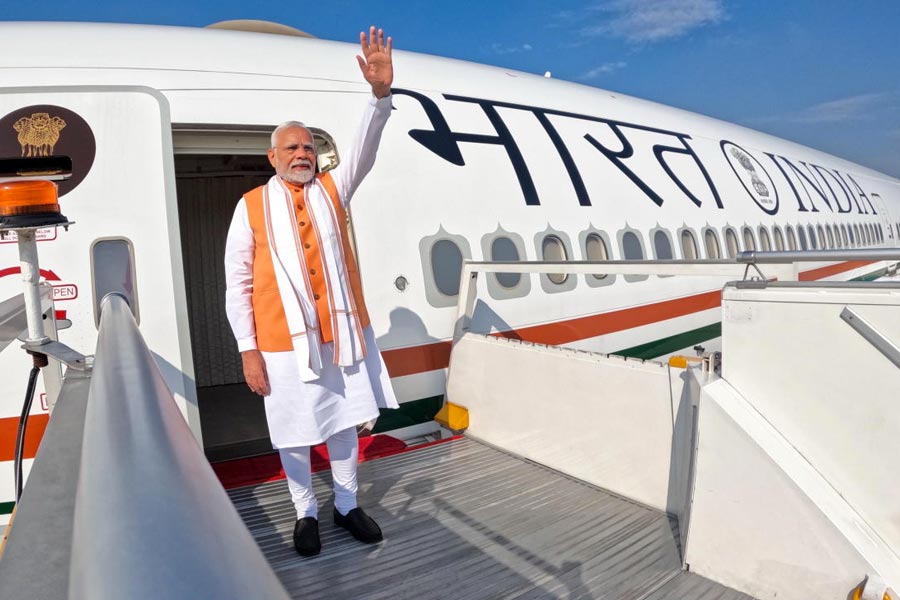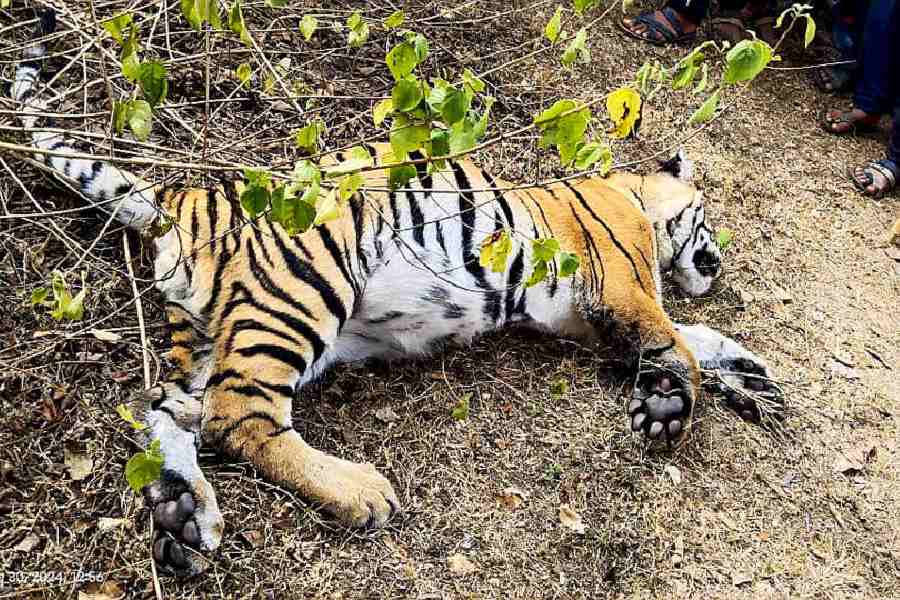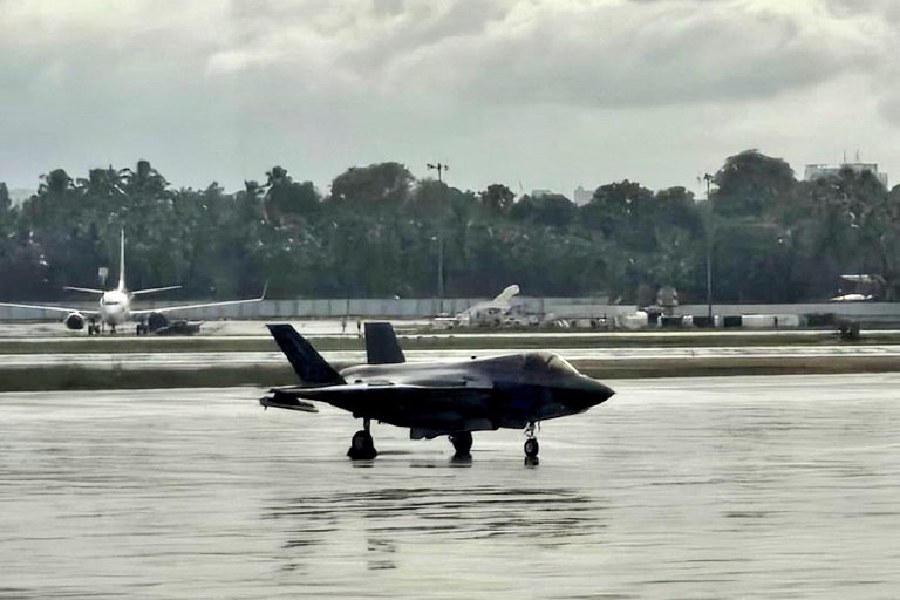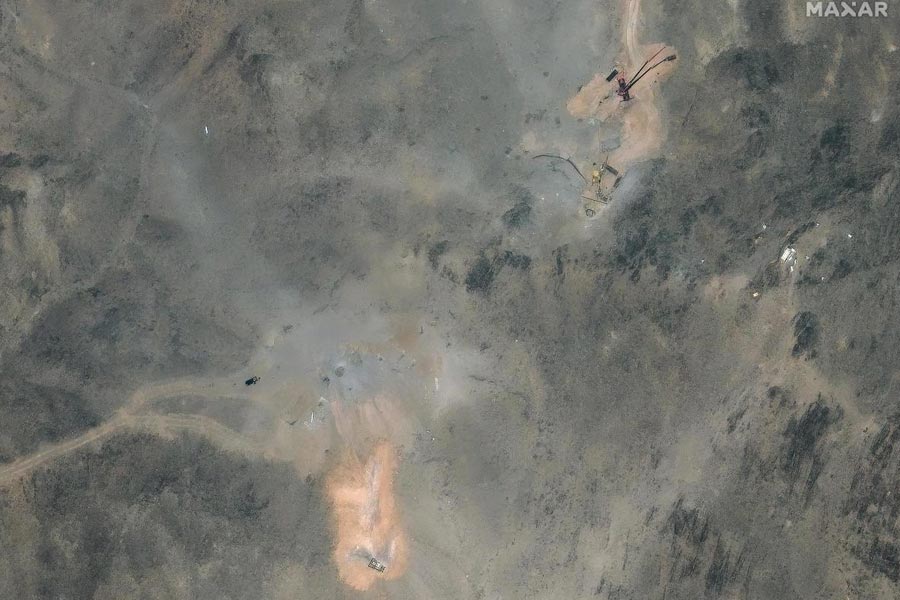 |
| The gharial (Gavialis Gangeticus) is one of the last surviving crocodile species dating back to pre-dinosaur years over 100 million years ago. Apart from some sporadic sightings, countless surveys funded by different organisations have failed to yield any sizeable population of gharials in Assam |
Guwahati, Oct. 25: The gharial has all but disappeared from Assam.
Those who want to have a glimpse of the gharial, head for the Assam State Zoo. Apart from some sporadic sightings, countless surveys funded by different organisations have failed to yield any sizeable population of gharials across the state. The only way out, it seems, is reintroduction of gharials from outside.
The gharial (Gavialis Gangeticus) is one of the last surviving crocodile species dating back to pre-dinosaur years over 100 million years ago.
The 18th working meeting of the IUCN Crocodile Specialist Group, held at Montelimar in France this June, declared that gharial fits Criteria C1. Today only India and Nepal have wild gharial population.
The most recent sighting in Assam was in 2004 in the Manas river near Manas National Park.
“There is no sizeable population of the gharial in Assam and the only way (to increase their number) is by reintroduction from other places,” Anwaruddin Choudhury, honorary chief executive of Rhino Foundation for Nature in Northeast India, said. He alleged that fishing in rivers has led to the destruction of its habitat.
Choudhury added that the attacks on gharials have mostly been incidental and no systematic poaching has been recorded so far. Choudhury had, a few years ago, submitted a proposal to the Assam government for a sanctuary for the gharial — the Orne Chapori Wildlife Sanctuary, to be spread over 15 square km, comprising some islets and wide sandbanks on the Brahmaputra.
In one of his survey reports, Choudhury said, “Most sightings are from upriver and it seems that the Dibru-Saikhowa sanctuary is significant (or could be) for the gharial population. A good map with all the sightings marked would be a very useful start to shortlisting the areas for survey”.
Two gharials can be seen at the Assam State Zoo. These were rescued from different places.
Firoz Ahmed of Aaranyak, a society for biodiversity conservation in the Northeast, said serious effort was required to bring back the gharial into Assam.
The Gharial Multi-Task Force, which was formed to bring together key individuals and organisations to facilitate conservation efforts on the gharial, is looking at the habitat and doing a current situation assessment in the Brahmaputra Valley to identify areas where gharials can be reintroduced. The gharials will be brought from other states where they are bred in captivity. The task force also plans to educate people on the value of the harmless gharial in the wild.










